PROSCOPIIDAE: STICK GRASSHOPPERS
Confined to tropical America, the Stick Grasshoppers are a distinctive family, more likely to be confused with a stick insect than any other grasshopper. The antennae are short and the prothorax is cylindrical and longer than the femur of the forelegs. The head is greatly elongated and the wings are extremely short or absent - these grasshoppers are flightless and rely on camouflage for their protection. They are however able to jump considerable distances due to the force generated by the typically Orthopteran hind legs. Sexual dimorphism is pronounced and females are often more than twice the size of males and much more robust. Stick Grasshoppers are herbivorous and often show a certain degree of specialisation in their diet.
Click on the images to enlarge them.
Designed by Paul Smith 2006.
This website is copyrighted by law. Material contained herewith may not be used without the prior written permission of FAUNA Paraguay.
Photographs on this page were taken by Paul Smith and Laura Tensen are used with their permission.
FIGURE 1 - Unidentified sp. female - PROCOSARA, PN San Rafael (Paul Smith February 2008).
FIGURE 2 - Unidentified sp. female - PROCOSARA, PN San Rafael (Laura Tensen March 2008).
FIGURE 3 - Unidentified sp. - Estancia Laguna Blanca, Departamento San Pedro (Paul Smith December 2009).
FIGURE 4 - Unidentified sp. - Estancia Laguna Blanca, Departamento San Pedro (Paul Smith December 2009).
FIGURE 5 - Unidentified sp. - Estancia Laguna Blanca, Departamento San Pedro (John T. Smit January 2011 http://science.naturalis.nl/smitj).
FIGURE 6 - Same individual as Fig 5 head - Estancia Laguna Blanca, Departamento San Pedro (John T. Smit January 2011 http://science.naturalis.nl/smitj).
FIGURE 7 - Unidentified sp. - Estancia Laguna Blanca, Departamento San Pedro (Paul Smith February 2012).
FIGURE 8 - Unidentified sp. - Estancia Laguna Blanca, Departamento San Pedro (Paul Smith October 2012).
FIGURE 9 - Unidentified sp. - PN Tte Enciso, Departamento Boquerón (Paul Smith April 2011).
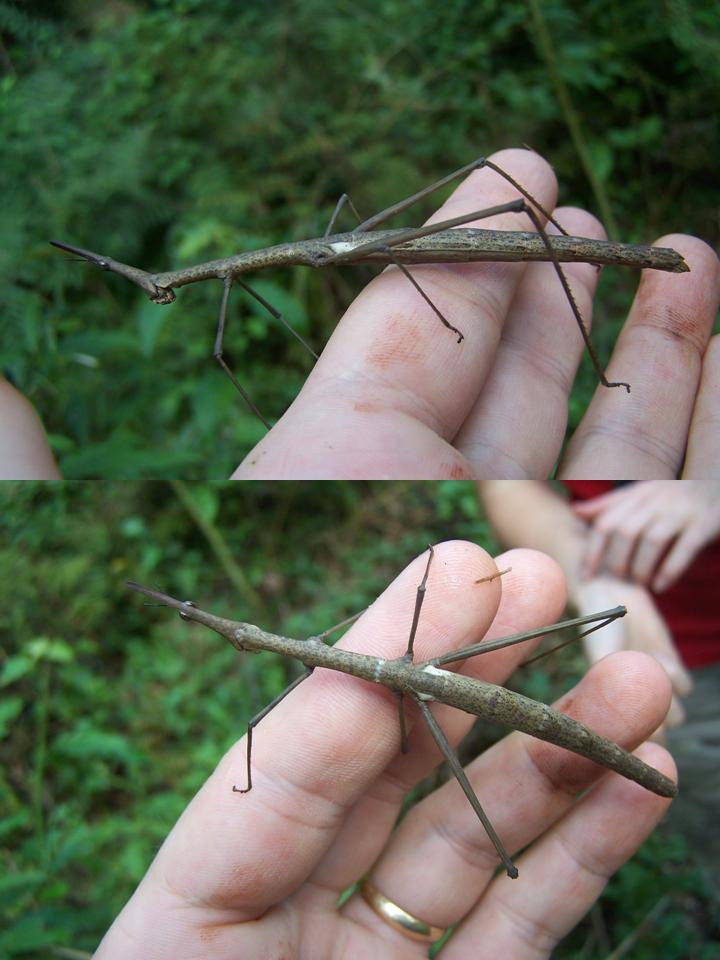
|
|
FIGURE 1
|
|
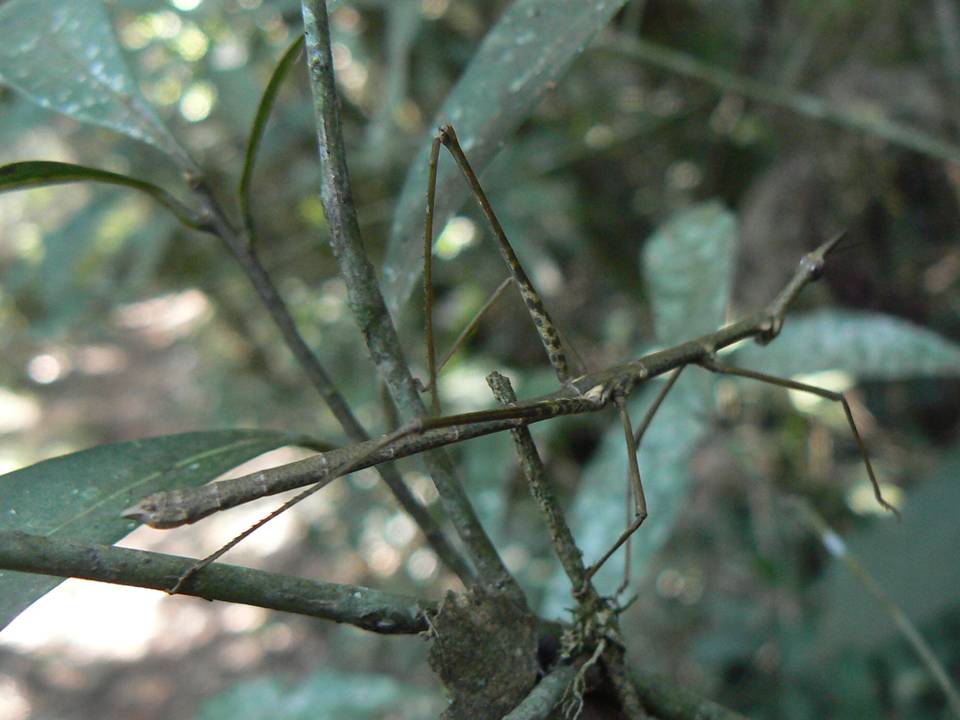
|
|
FIGURE 2
|
|
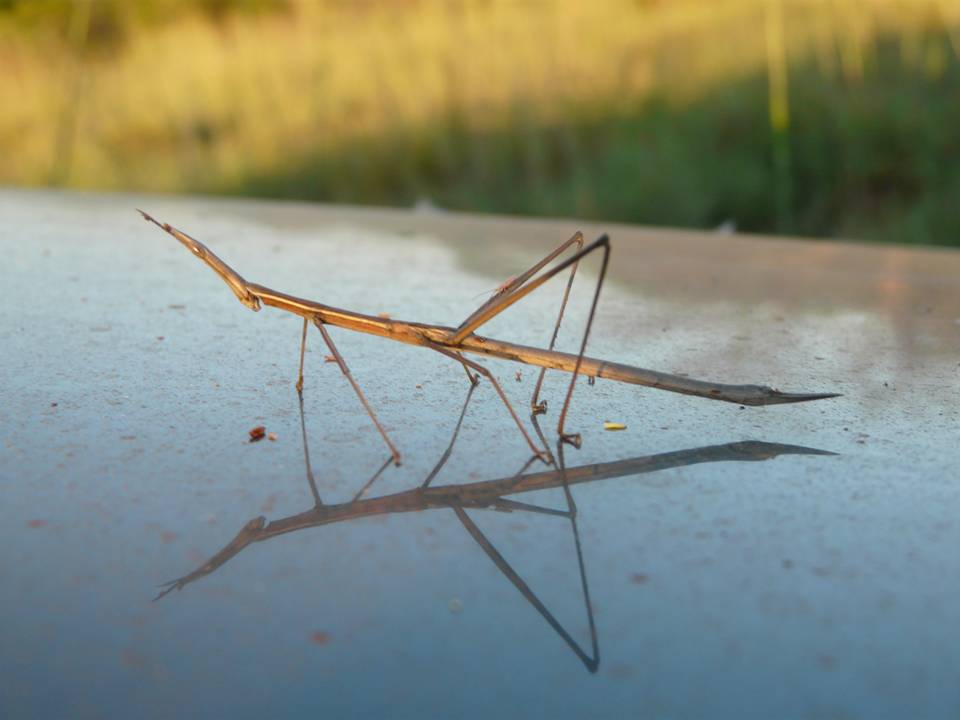
|
|
FIGURE 3
|
|
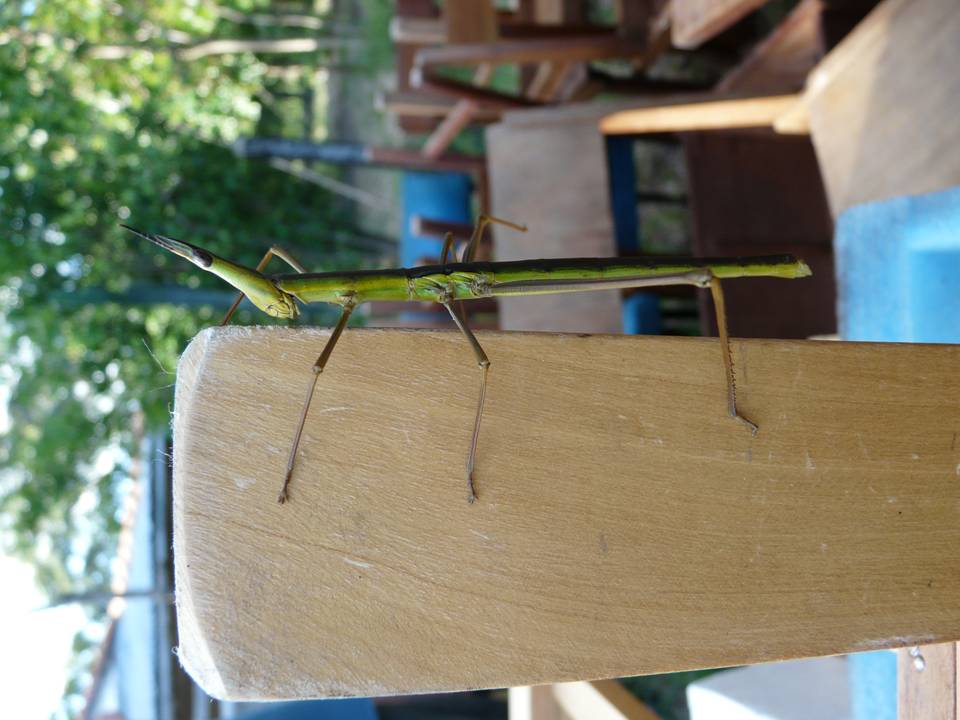
|
|
FIGURE 4
|
|
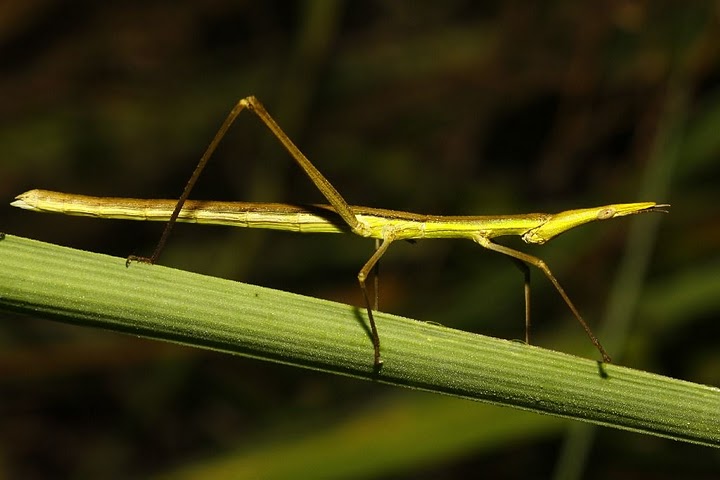
|
|
FIGURE 5
|
|
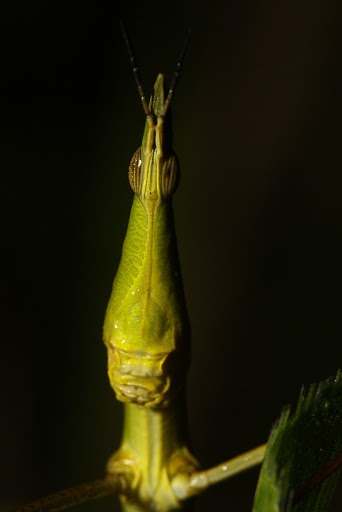
|
|
FIGURE 6
|
|
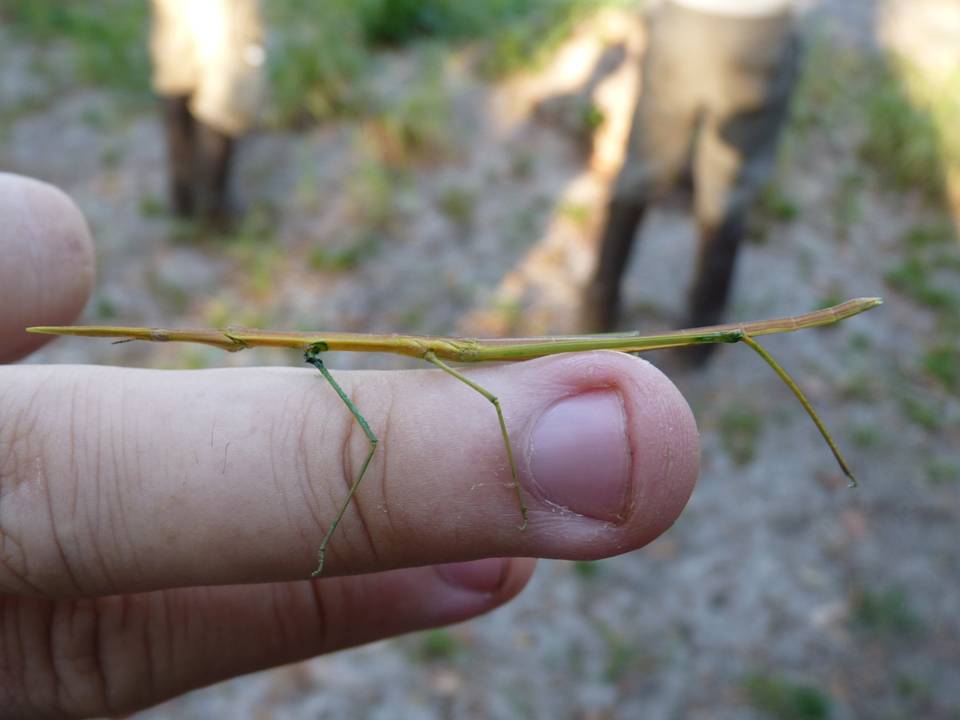
|
|
FIGURE 7
|
|
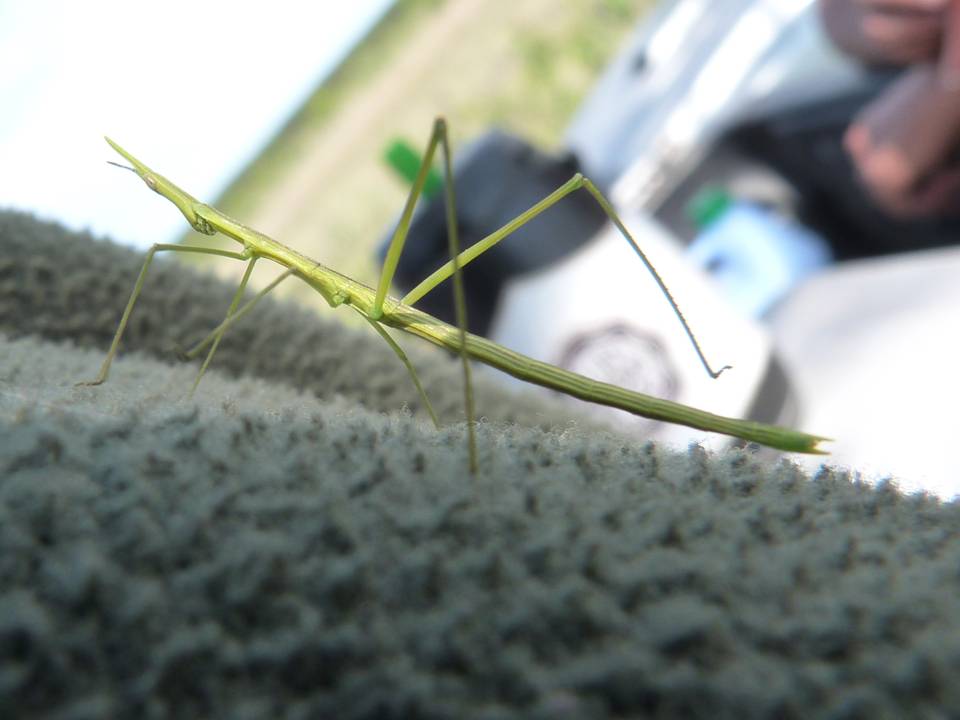
|
|
FIGURE 8
|
|
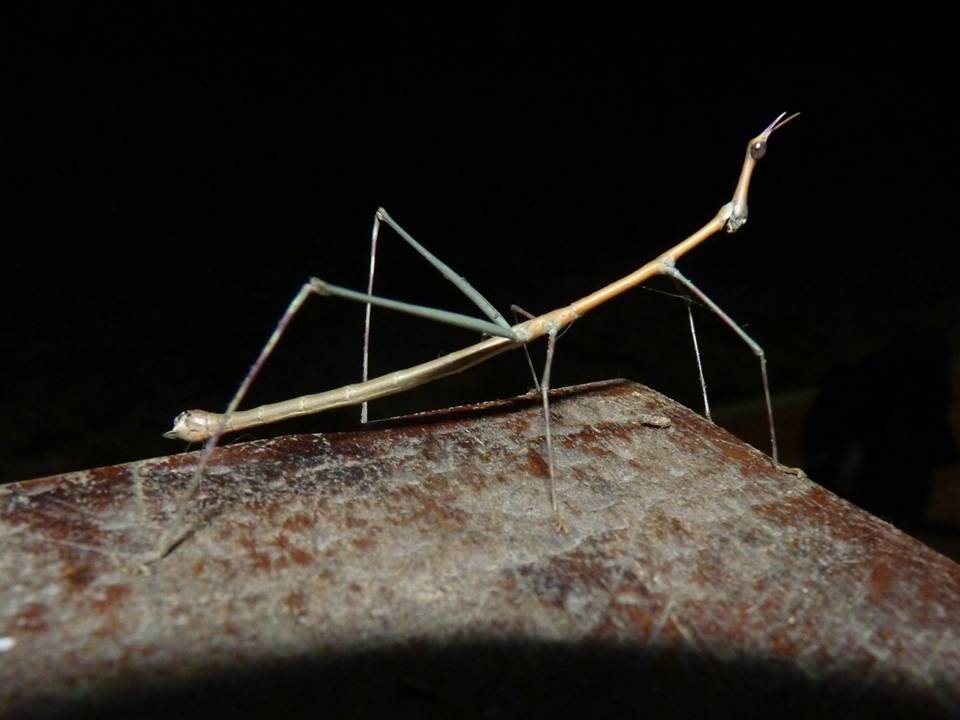
|
|
FIGURE 9
|
|


